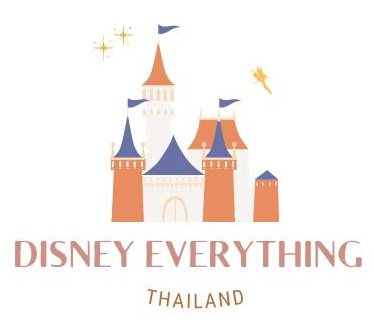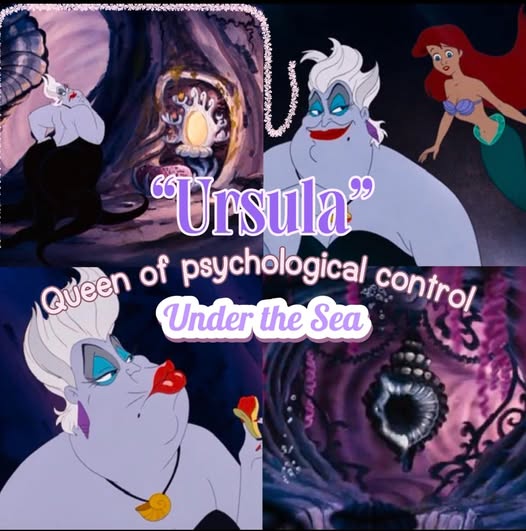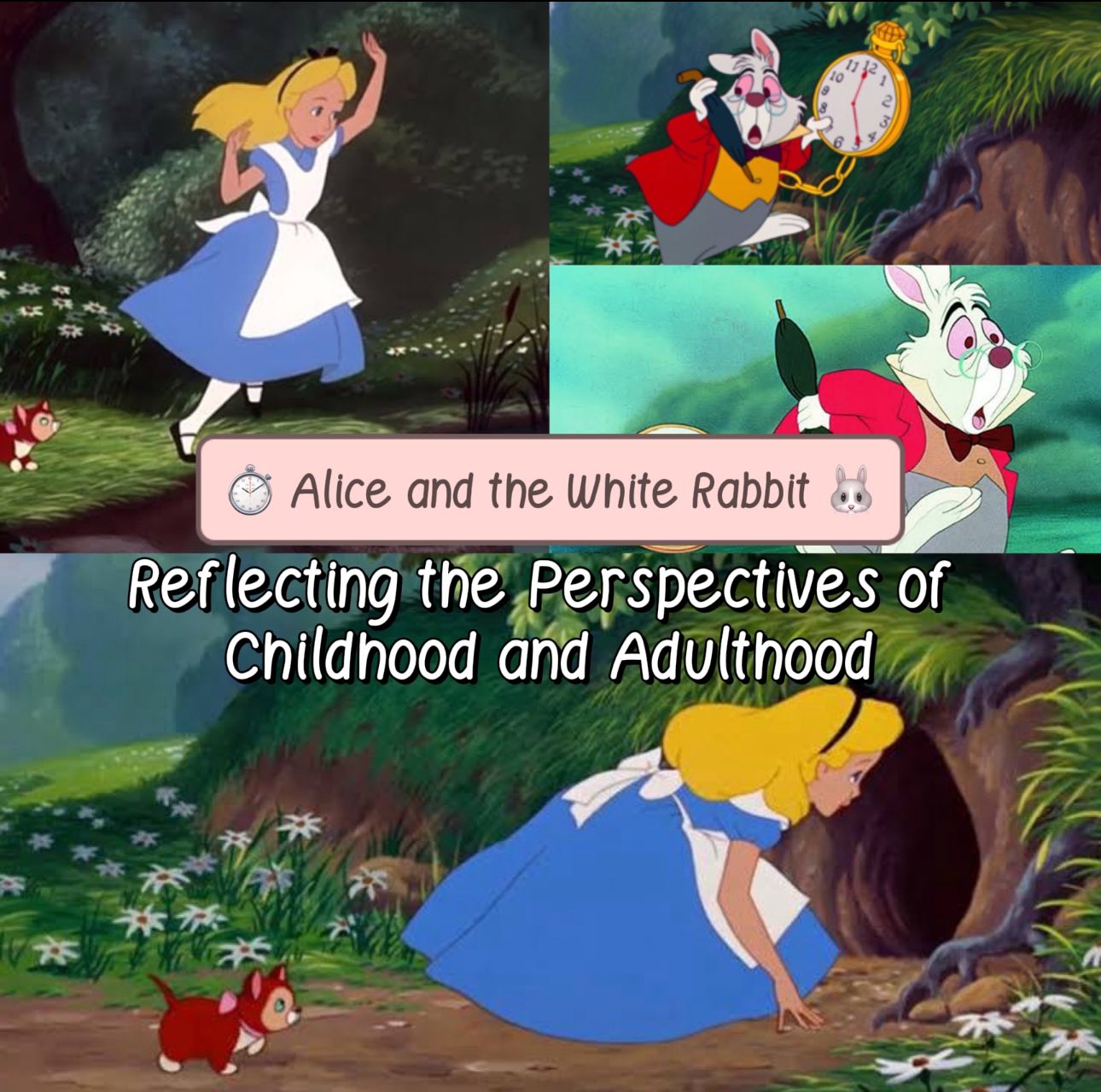In the world of fairy tales, the scene of fairies appearing at the celebration of a prince’s or princess’s birth is a familiar and iconic image. One of the most famous examples appears in the classic story of “Sleeping Beauty,” where each fairy bestows a magical gift upon the newborn princess. These blessings — such as beauty, grace, and kindness — symbolize not just good fortune, but the acknowledgment of the child’s royal blood and destined greatness. In these tales, the arrival of the fairies further reinforces the idea that royalty holds a sacred place in the natural and magical order of the world, and that their existence is worthy of divine protection and favor from the very beginning of life.
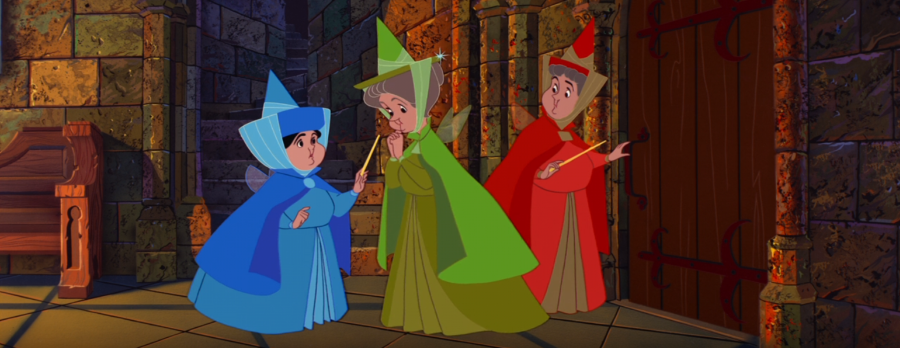
But why is it always "Baptism Fairy"?
But why is it always “fairies”? In ancient European beliefs, fairies were seen as beings who existed between the human world and the magical realm. They possessed special powers that made them more accessible than distant gods, and so they were often seen as intermediaries — messengers who could bridge the mortal world and the supernatural. Fairies were regarded as agents of fate, capable of shaping the destinies of humans. This idea connects deeply with older European traditions about “birth spirits,” such as the Norns in Norse mythology or the Moirai in Greek mythology, who were believed to weave the fates of newborns at the moment of birth.✨
These fairy tale traditions didn’t arise out of thin air, either. They have real roots in medieval European history. In royal courts, it was common practice to appoint “patrons” or “godparents” for princes and princesses, often as a way to cement political alliances. The chosen godparents were typically powerful monarchs or influential nobles from allied realms, and receiving such an invitation was seen as a great honor — and a political statement.
This historical backdrop makes it easy to understand why, in “Sleeping Beauty,” Maleficent is so furious at being left out of the royal celebration — because, symbolically, being excluded meant being denied recognition and power.
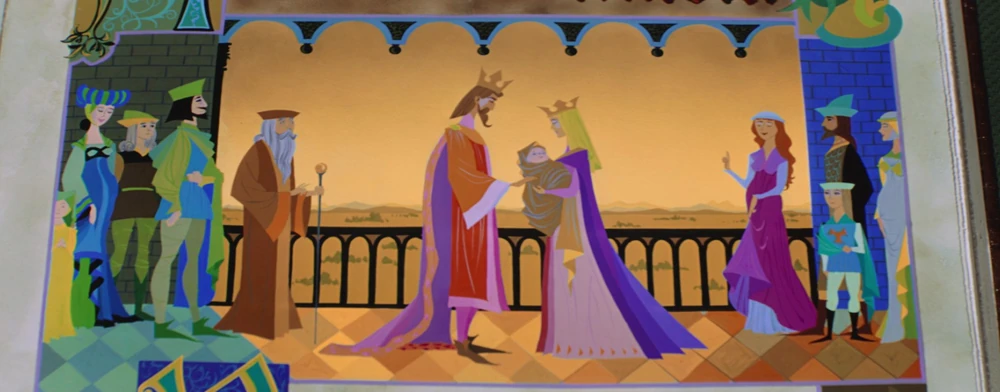
Being chosen as a patron or godparent to a newborn prince or princess was not only one of the highest honors, but also a strategic move to forge powerful political alliances between kingdoms. These ceremonial acts often coincided with important political agreements, military partnerships, or even arranged betrothals between royal heirs, all designed to consolidate power and territory. This underlying political significance appears clearly in many fairy tales, including the film version of “Sleeping Beauty,” where the betrothal between Princess Aurora and Prince Phillip is announced when they are still children — a union intended to merge their two kingdoms and ensure lasting peace and strength.
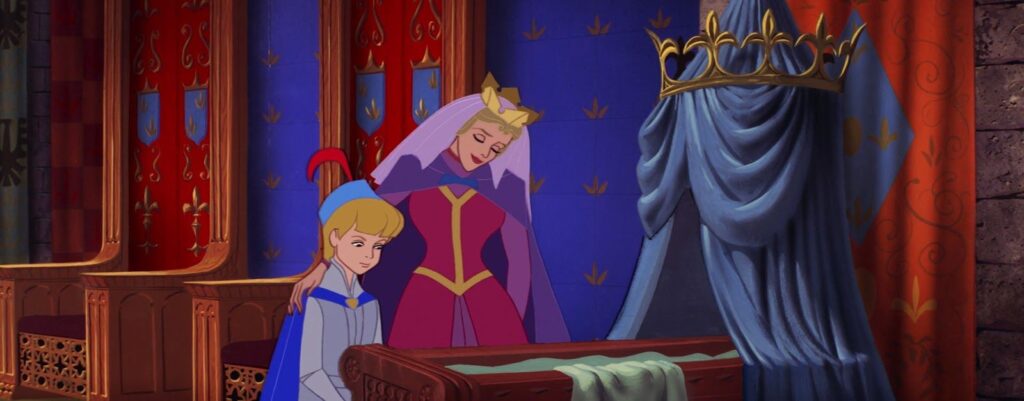
During royal christening ceremonies, these patrons would present precious gifts to the newborn. These offerings were not merely lavish jewels or valuable treasures; they often symbolized powers, virtues, or influences that the patrons hoped the child would inherit. A finely crafted sword might symbolize courage, a magnificent jewel might stand for beauty or authority, and in some cases, entire lands were bestowed as a legacy.🌟
Beyond the giving of gifts, there was a deep belief in destiny and astrology as well. It was common for royal families to invite seers or astrologers to read the stars and predict the future of the infant — interpreting their horoscope to uncover the special qualities or fates that the child was destined to carry into adulthood.

Why were these ceremonies so important?
If we look beyond political advantages, alliances, and fairy tale magic, these rituals were not simply superstitious acts. They served an important psychological function, offering comfort and a sense of control in a time when medical knowledge was primitive and infant mortality rates were devastatingly high — especially among royal families, where a child’s survival was crucial to the stability of a kingdom. Inviting individuals believed to have special powers, spiritual connections, or significant influence to bestow blessings was a way to symbolically secure the newborn’s strength, health, and future, easing the anxiety surrounding their survival.
Even among commoners during the medieval period, similar customs existed, though much simpler in form. Instead of elaborate court ceremonies, villagers would invite respected elders or influential community members to act as godparents, offering humble but heartfelt gifts — a lucky charm, food, drink, or tools that could help the family build a better future.
Fairy tales expanded and enchanted these real-world traditions:
instead of kings and queens from distant lands, the guests became magical fairies; instead of practical gifts, they offered lifelong blessings of beauty, grace, and wisdom. Through the lens of imagination and folklore, these ceremonies mirrored real hopes and fears — and even after centuries have passed, their echoes remain.
Today, even though we live in a 5G world filled with Gen Alpha babies, and belief in fairies has retreated to the pages of storybooks, the tradition of godparents, the act of blessing a child’s birth, and the exchange of meaningful gifts still endure — reminding us that the human heart continues to seek connection, protection, and hope for every new life brought into the world.🌟
- All Posts
- CONTENT
- Disney Cruise Ship
- Disney Resort EN
- Disney+Hotstar EN
- Back
- CONTENT
- Back
- Tokyo Disney Resort
- Shanghai Disneyland
- Hong Kong Disneyland Resort
- Tokyo Disneyland
- Tokyo DisneySea
- Back
- Tokyo Disneyland
- Tokyo DisneySea
